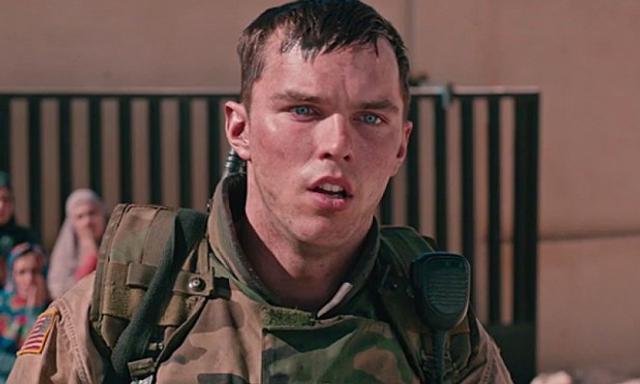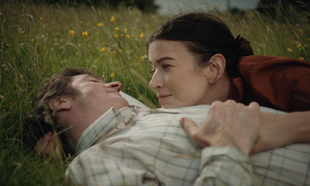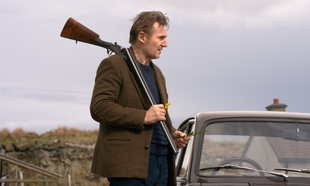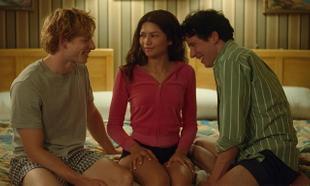Nicholas Hoult stars in Sand Castle as Matt Ocre, a soldier in Iraq who wishes he was anywhere else, even going so far as to injure his hand to avoid the conflict. Ocre is assigned to a squad that hopes to restore the flow of water to a small remote town there. However, their assignment is made extremely difficult by the fact that the Iraqis are unwilling to take part in the work, and the team are being attacked on occasion as well.
Sand Castle seems somewhat confused in exactly what it hopes to achieve, and represents another disappointing attempt at Netflix trying to break into original feature films. At that, it is by no means its worst product in this regard, and has some interesting factors and minor accomplishments working in its favour.
Hoult is the best part of the movie, and is as compelling and convincing in this role as we’ve seen him prove before. Witness him (you’re missing out if you don’t get that reference). Its combat scenes are good and capture the chaos of wartime well – there is organisation and improvisation among the soldiers, while the dissatisfaction and maltreatment of civilians is also woven neatly into the narrative. The sense of intensity goes up and down a bit but again, there is a feel of realism to that.

Aside from Hoult, there are mixed results from the rest of the acting. Honestly, most of them just seem like they’re imitating the characters and types that they have seen before in other war movies, Hoult being the only one that ever feels like he’s trying to make something of his own. It is disappointing given the talent of the cast lined up, which includes Glen Powell, Tommy Flanagan, Logan Marshall-Green and Beau Knapp. Henry Cavill may have top billing but he’s in the film very little (maybe he was too expensive) and only has one stand-out confrontational scene.
Another weakness of the film is its cinematography which is not only completely uninteresting (which is particularly worth noting given how cinematography in past examples of the genre have transformed films into a status of art), it also somehow manages to completely flatten the backdrops. The appearance of sets is sometimes very obvious, and several shots have a very cheap look about them, as if the film was being shot as a made-for-TV movie (compared to Netflix series that look great because they are shot to look like movies).










































































